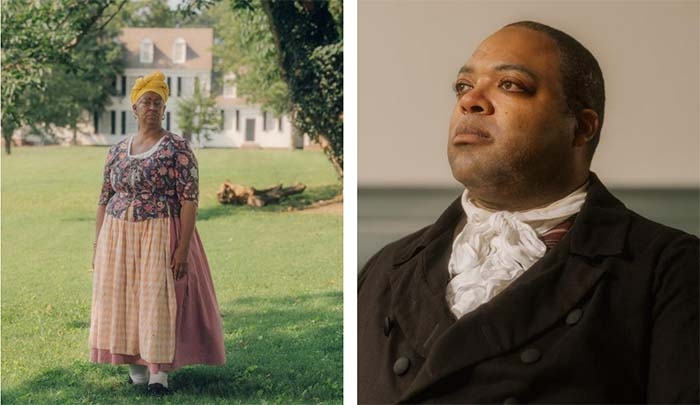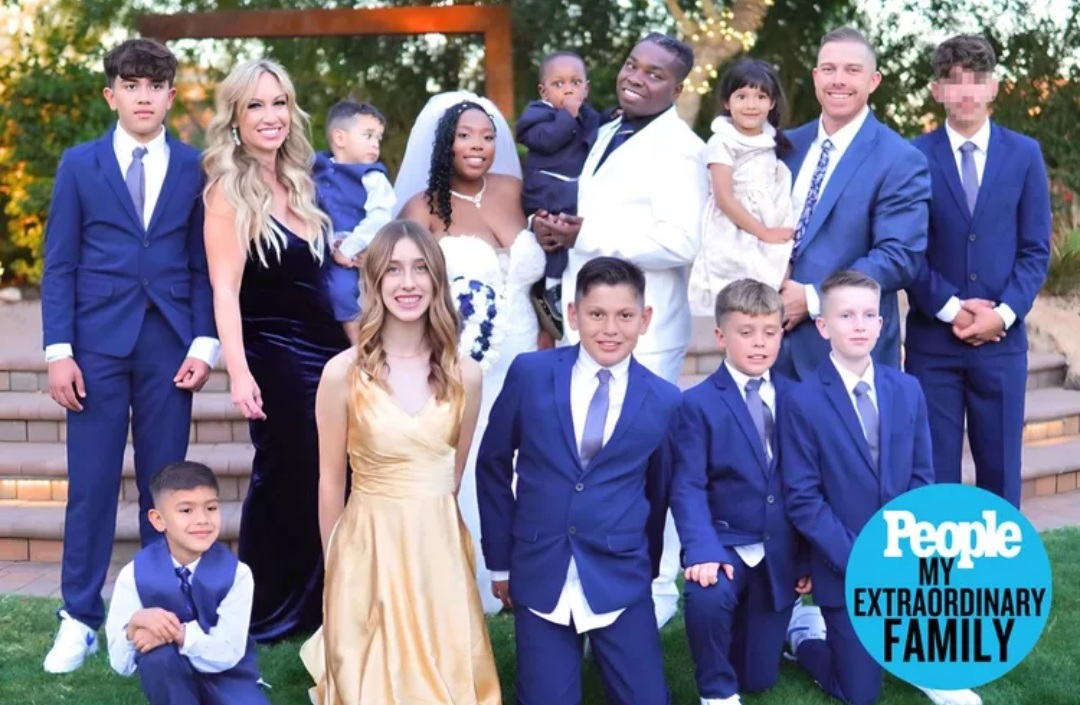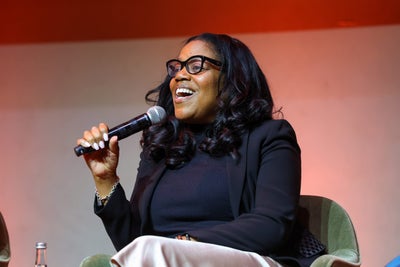
On her days off, New Yorker Cheyney McKnight might pull on leggings and a T-shirt or an African-print dress. But it takes a little longer for her to get ready for her day job, when she dresses in a chemise, a corset, and three layers of petticoats topped by a floor-length, blue cotton gown and a printed fabric headwrap.
McKnight is a 21st-century Black American, but the historic interpreter and founder of Not Your Momma’s History specializes in portraying enslaved and free people of color during the 18th and 19th centuries in the United States. Drawing on almost a decade of work at living history sites including Virginia’s Colonial Williamsburg, she might dress as an enslaved African to demonstrate hearth cooking at a Virginia plantation or depict a free Creole woman during a New Orleans history festival.
McKnight, like many interpreters, works in the third person, mimicking the garb—and wielding the old-school kitchen implements—of the past, but not pretending to be a character from another time. She thinks this perspective allows her to speak more plainly and to put difficult issues like enslavement, racism, and torture into context. “It can be difficult interacting with guests, but I want to meet the challenge,” says McKnight. “My goal is to increase accurate portrayals of Black Americans at historic sites and museums.”
For McKnight and other historic interpreters of color, slipping into roles and robes echoing a racist, fraught past can be tough. But the stories she and her BIPOC (Black, Indigenous, People of Color) compatriots tell are more important than ever. “I don’t want to play into people’s fantasies,” says McKnight. “I cannot just sit around in a dress without talking about the wider implications of slavery.”
For the full story, visit NationalGeographic.com/Travel.



